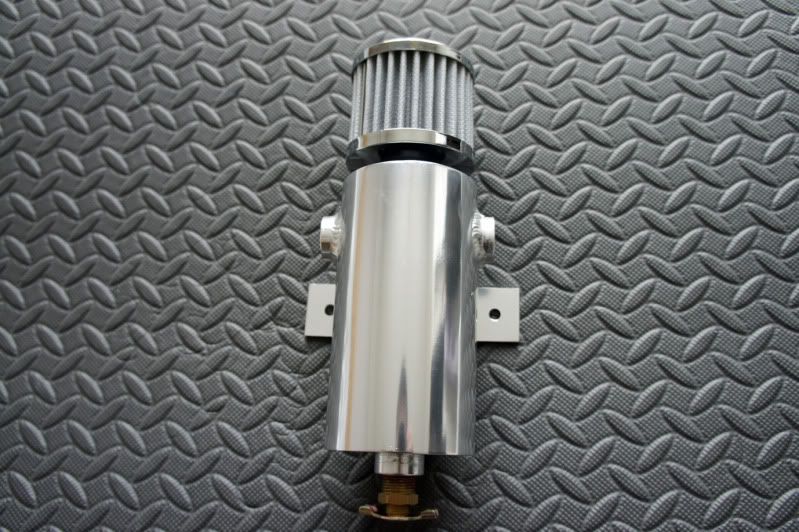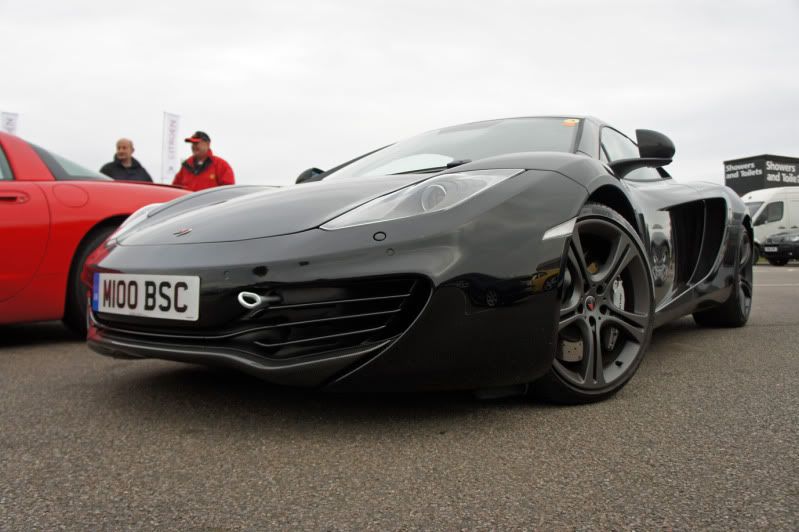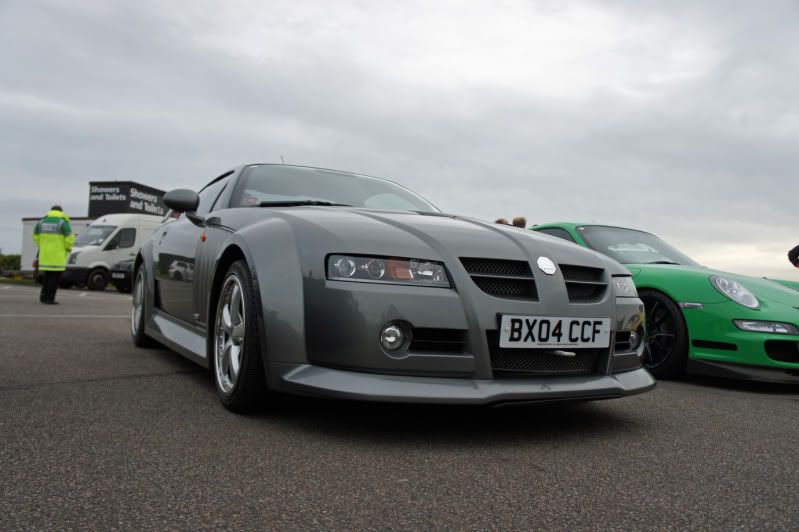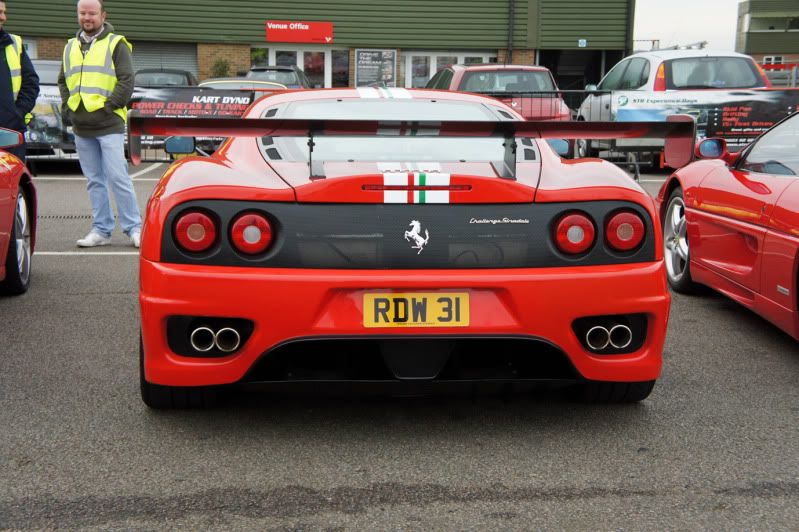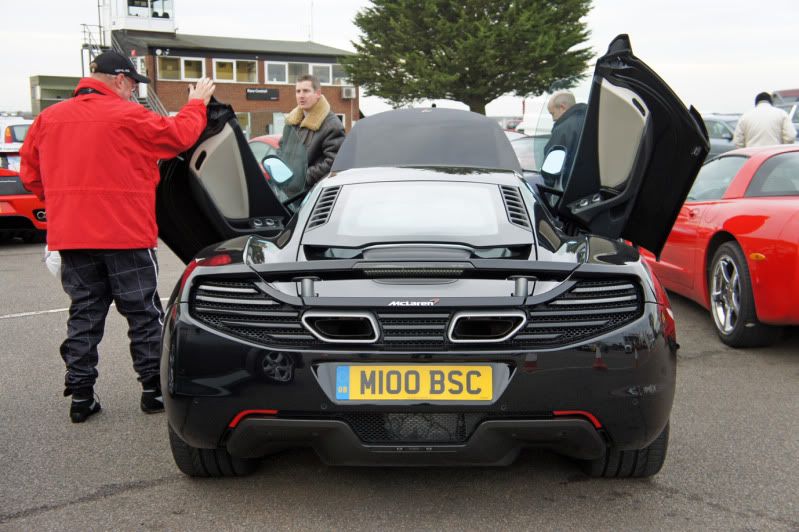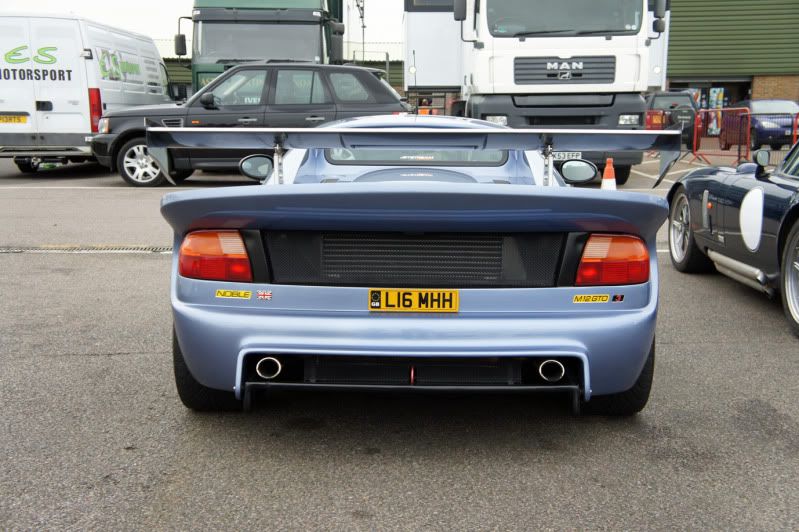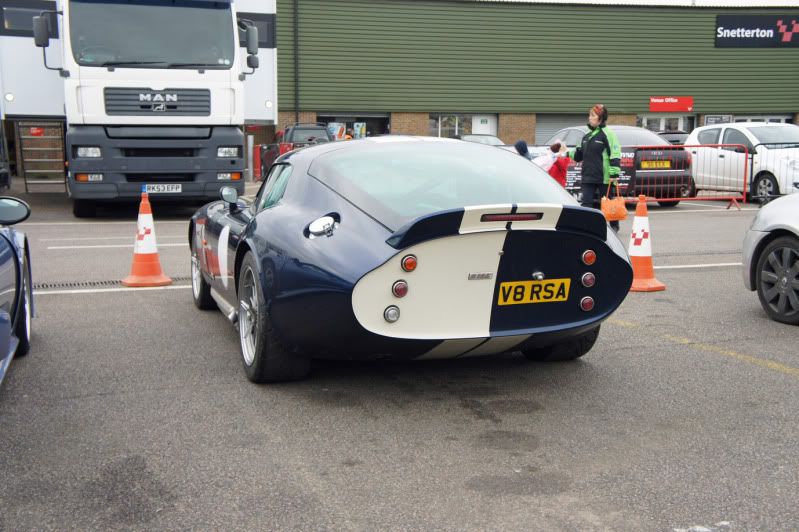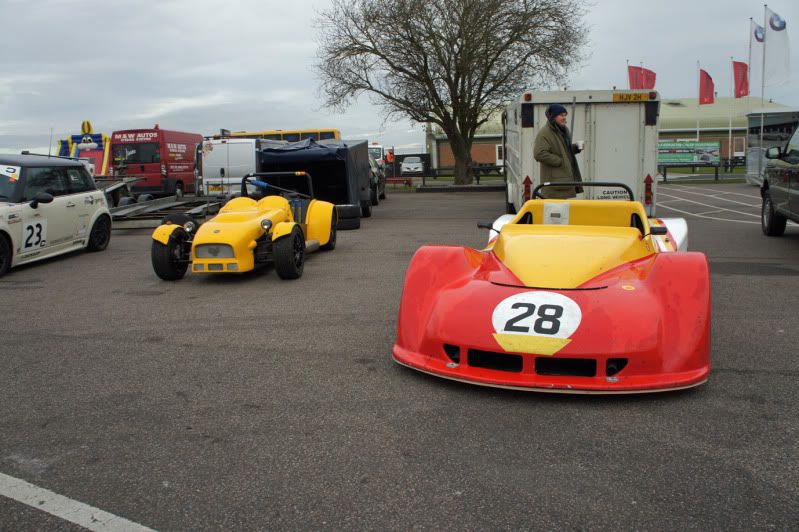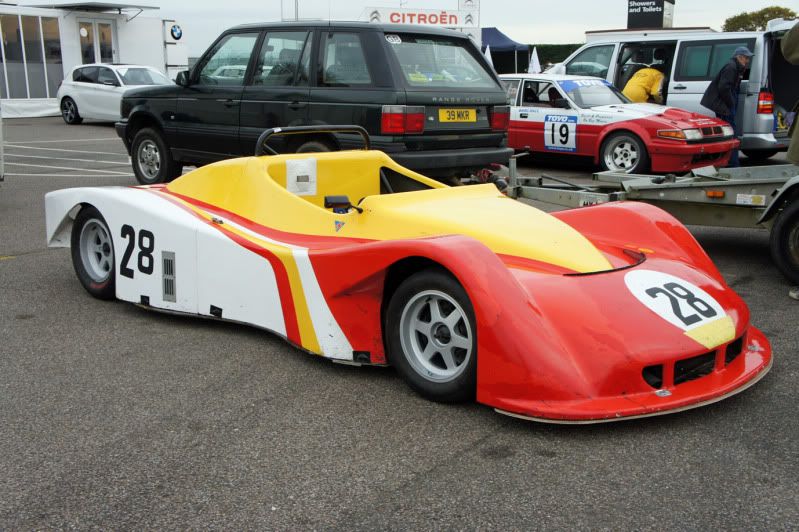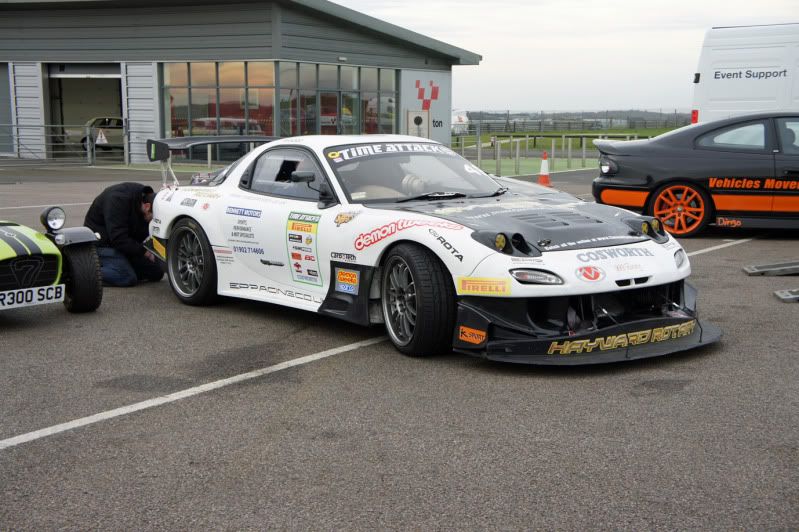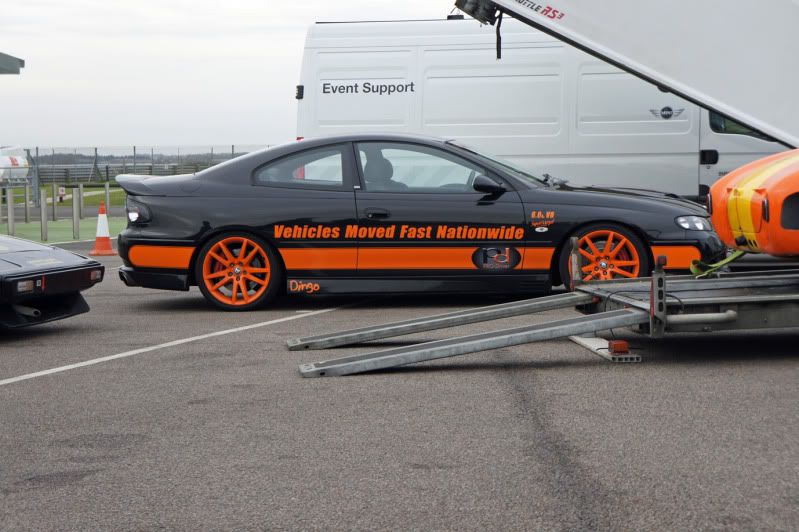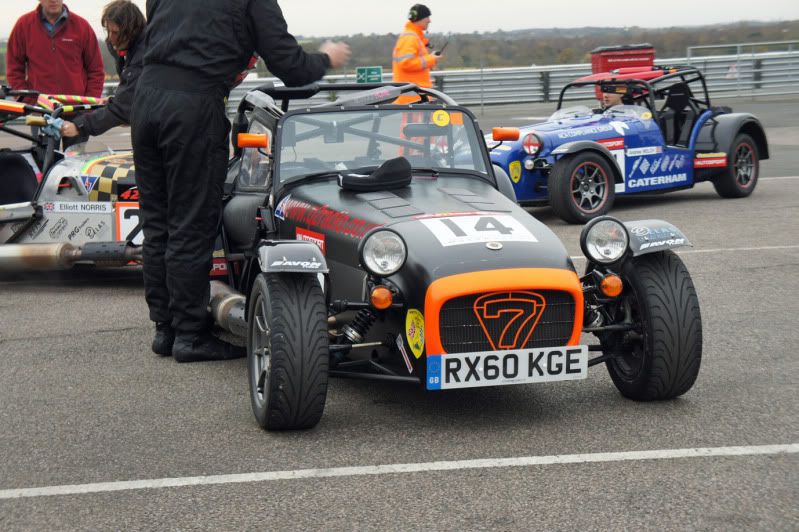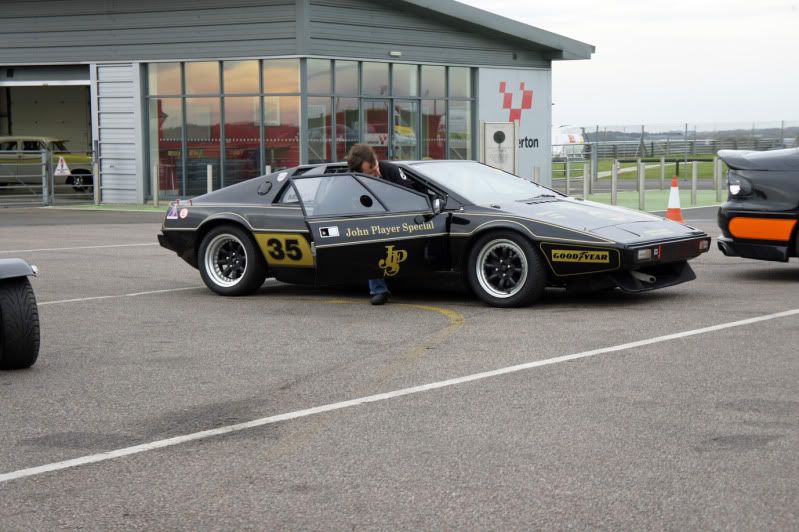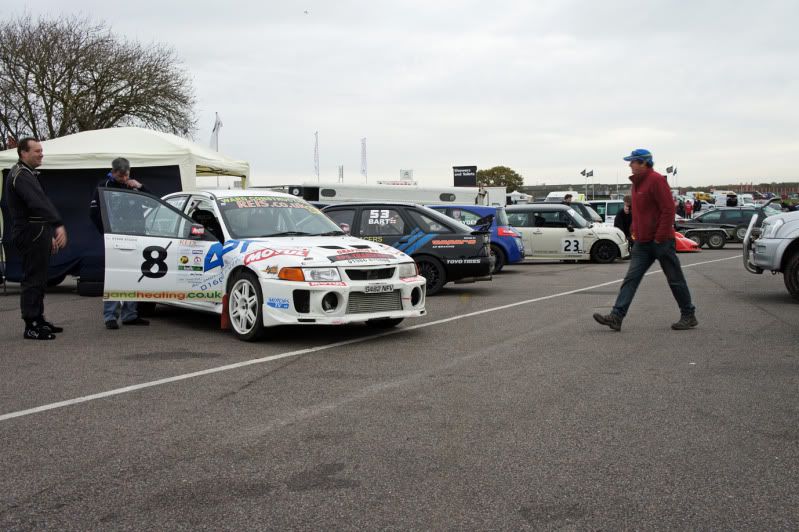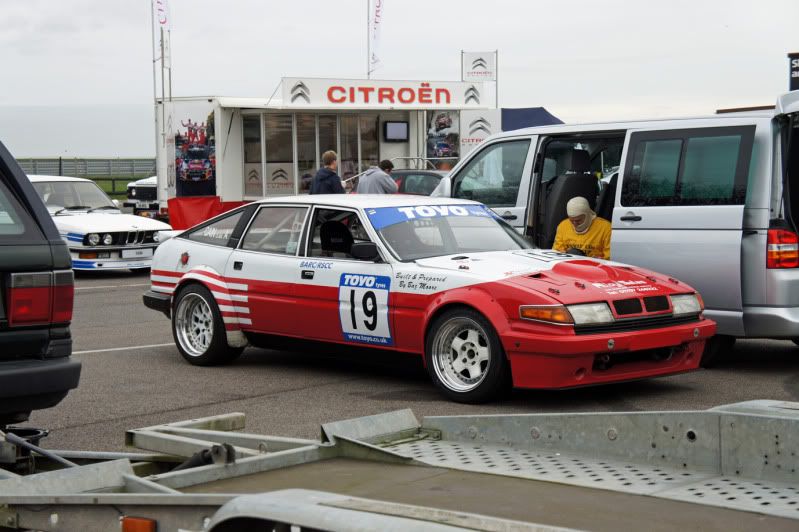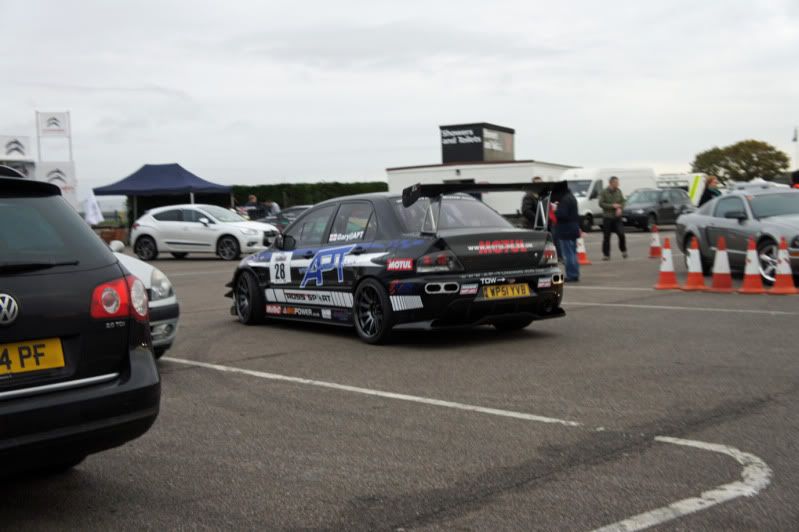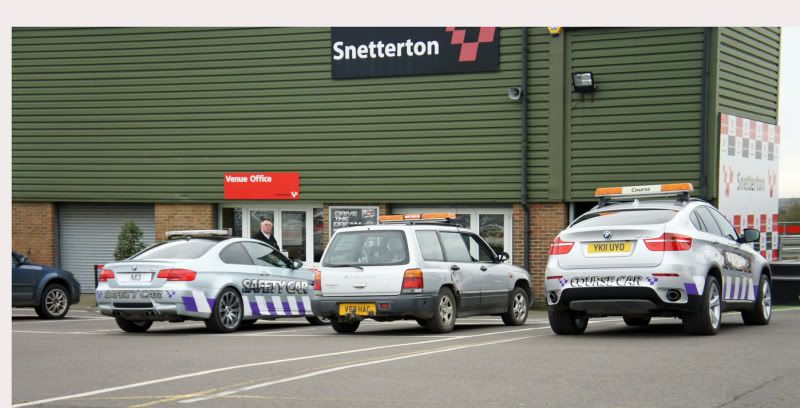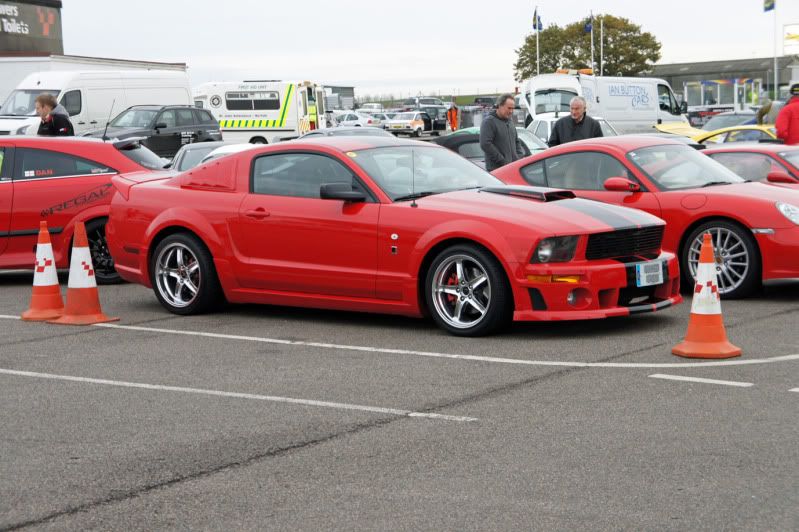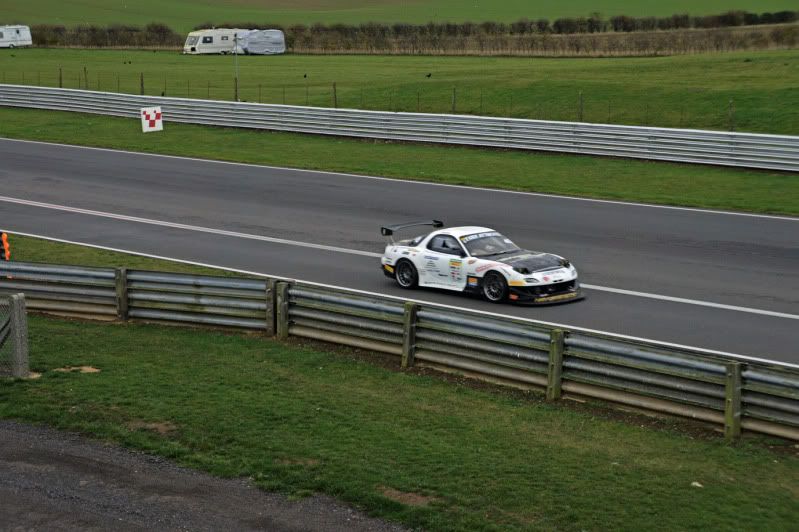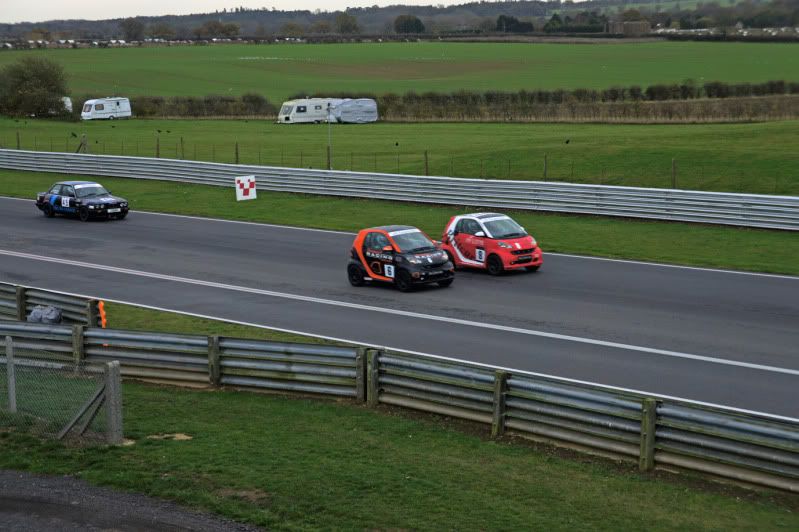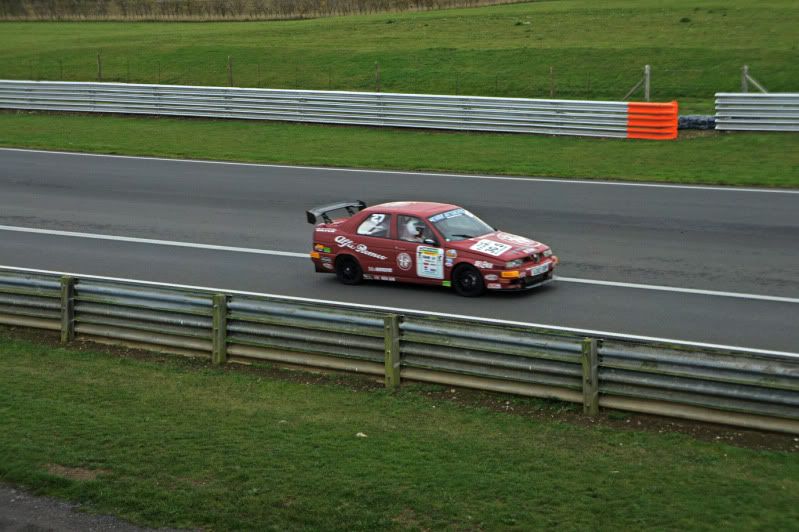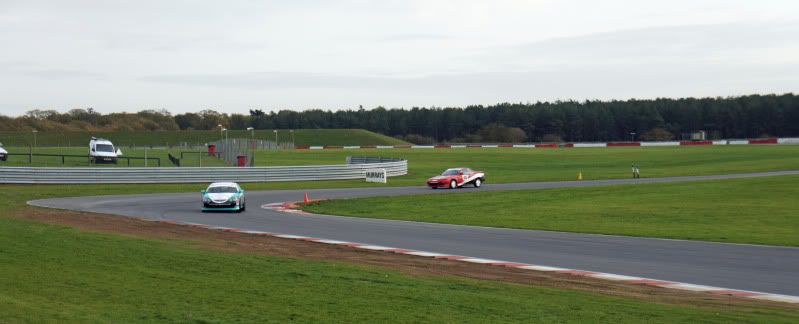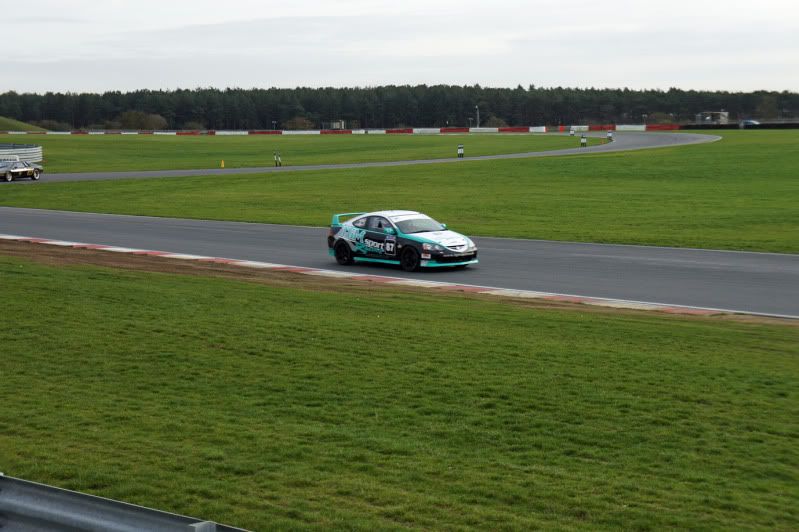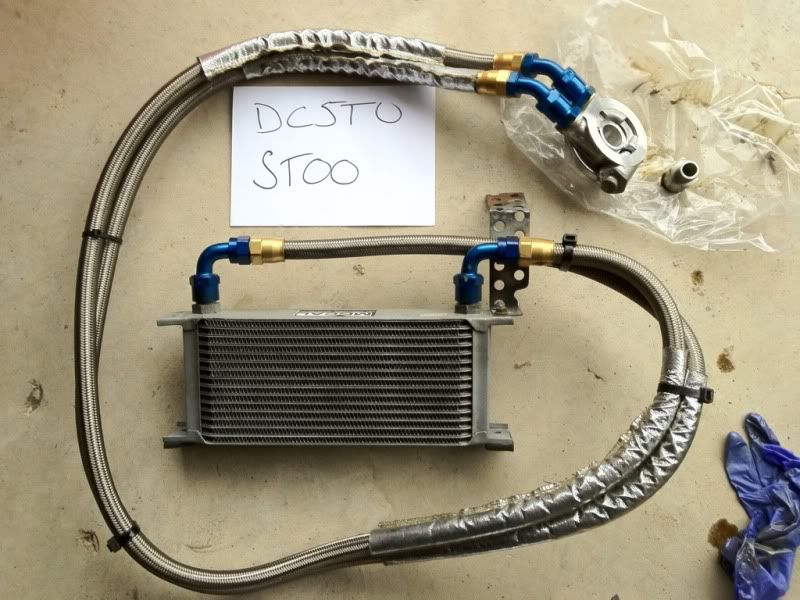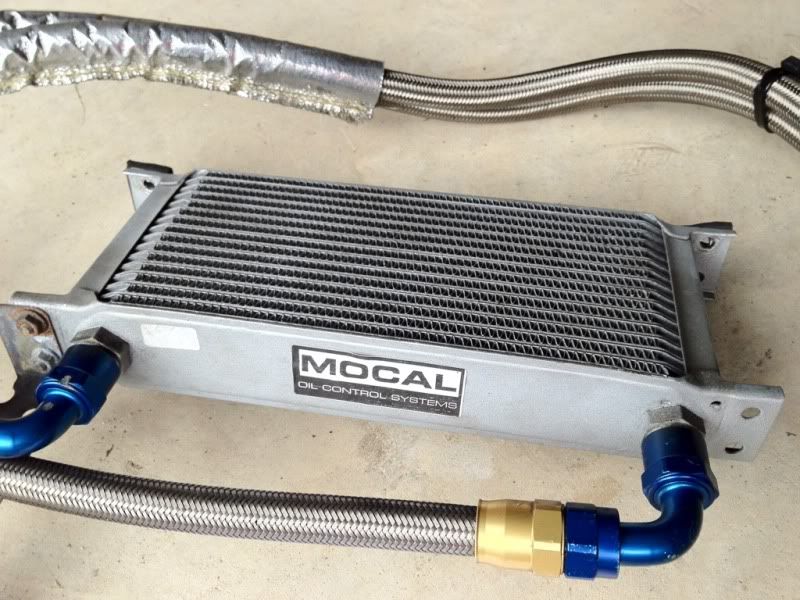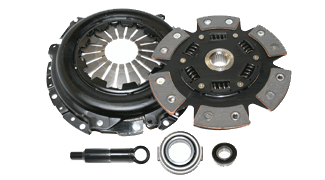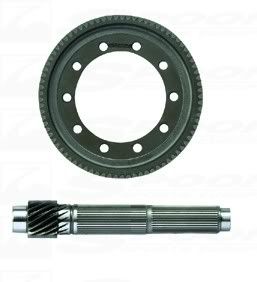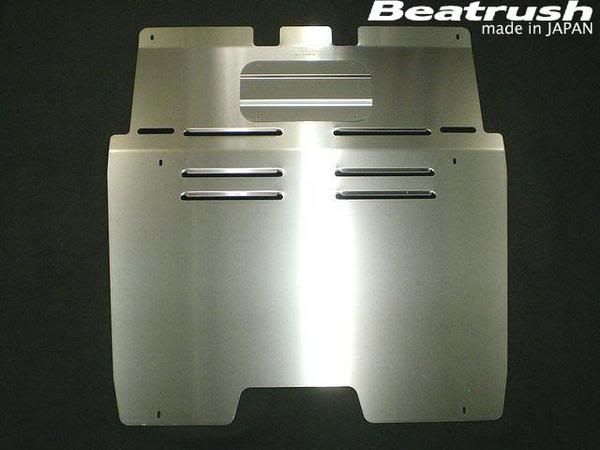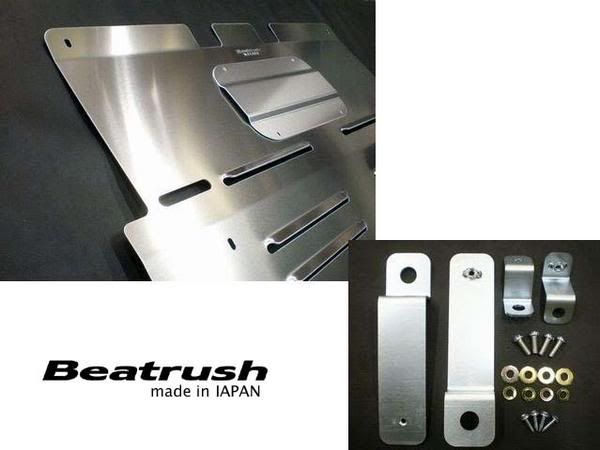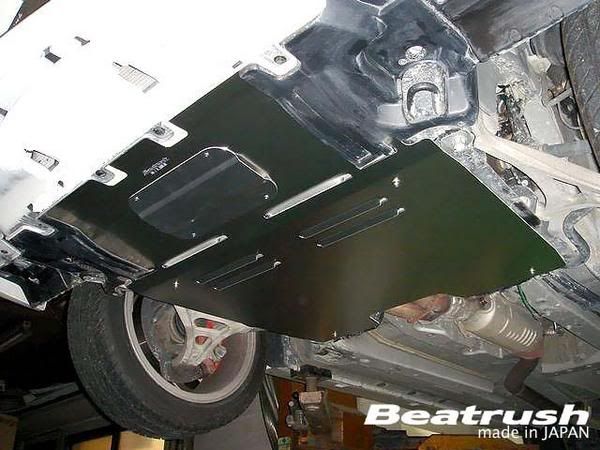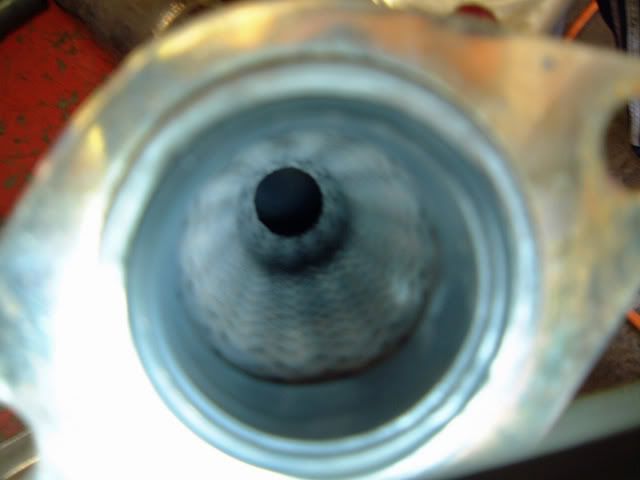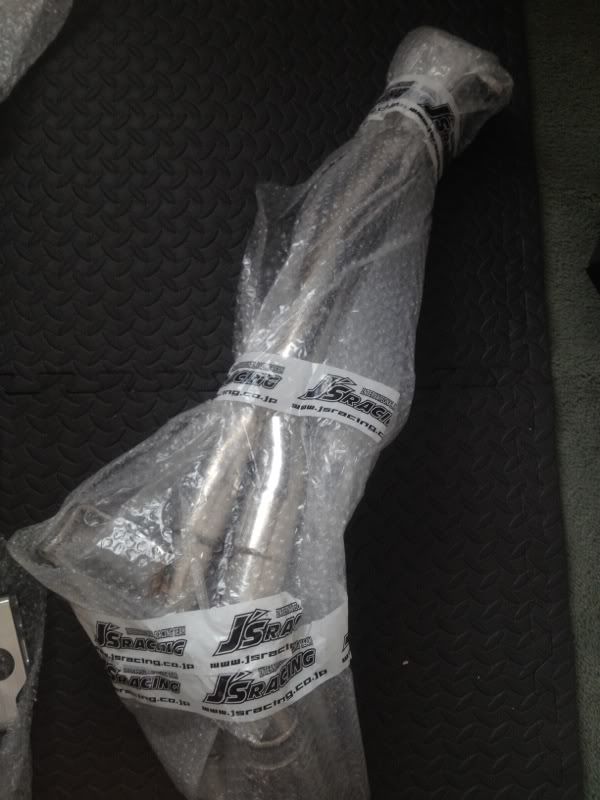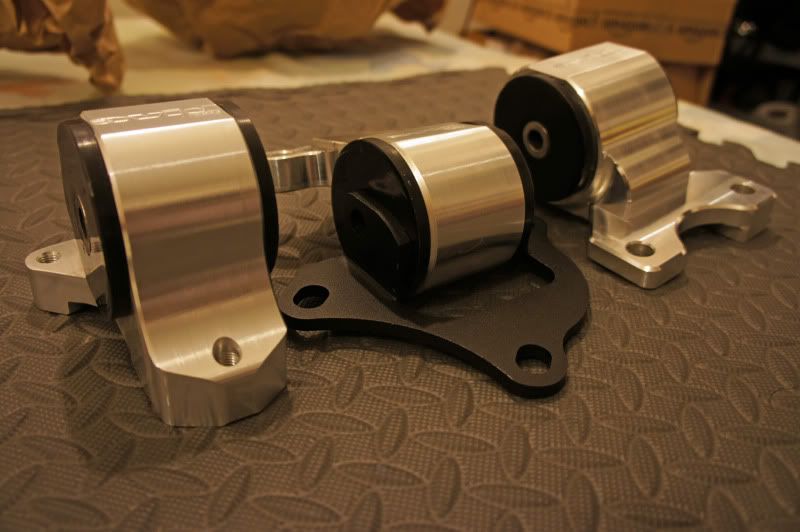An oil catch can is used in high performance applications where excessive blow-by of air and fuel vapor occurs. This creates a positive pressure in the crankcase. Engine manufactures have placed a valve on the engine block which releases this pressure. This valve is known as a PCV (Positive Crankcase Ventilation) valve. During engine operation, blow-by gases, as well as oil mist from the rotating components of the engine, pass through the PCV valve and are routed back into the intake for the engine to burn off. However, some of the oil mist and other products settle along the engine intake and over time form a "gunk." The oil catch can collects the oil mist and condenses the fuel vapors while allowing "cleaner" gases to be passed back into the intake.
I wanted a baffled oil catch can as it works more effectively by giving the vapor droplets something to adhere to. Additionally I wanted a can with a slim form factor as I have limited room in the engine bay. The only can I could find on the market that met these two criterias (for a decent price) was from AEL in the States.
It arrived today and I am suitably impressed.
From the top of the can you can see the baffles in place.
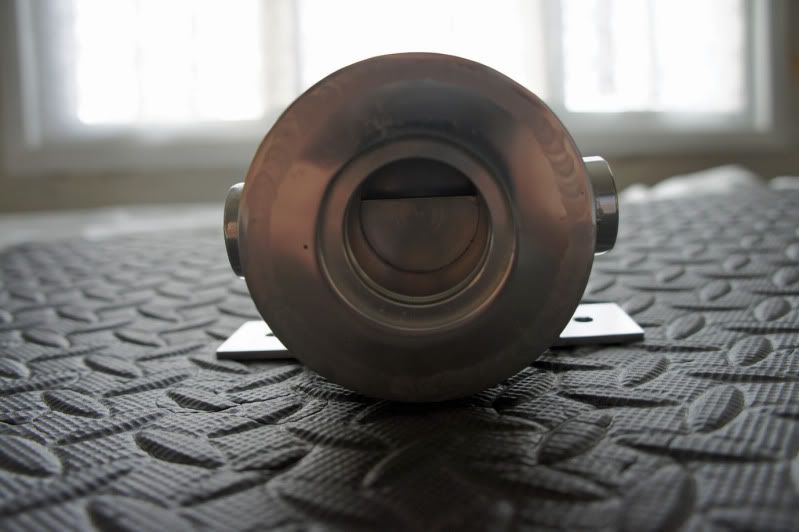 |
| View of the baffles from the top of the can |
Since oil catch cans condense the vapor portion of the gasses, they will need to be drained periodically of all the oil, fuel and other contaminants. At the bottom of this can you have a tapped opening for the valve to drain away the oil.
 |
| Valve Open |
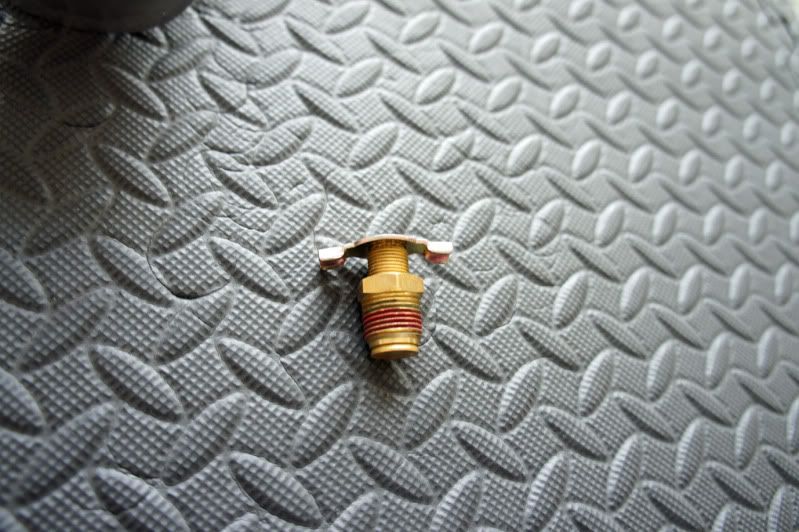 |
| Valve Closed |


